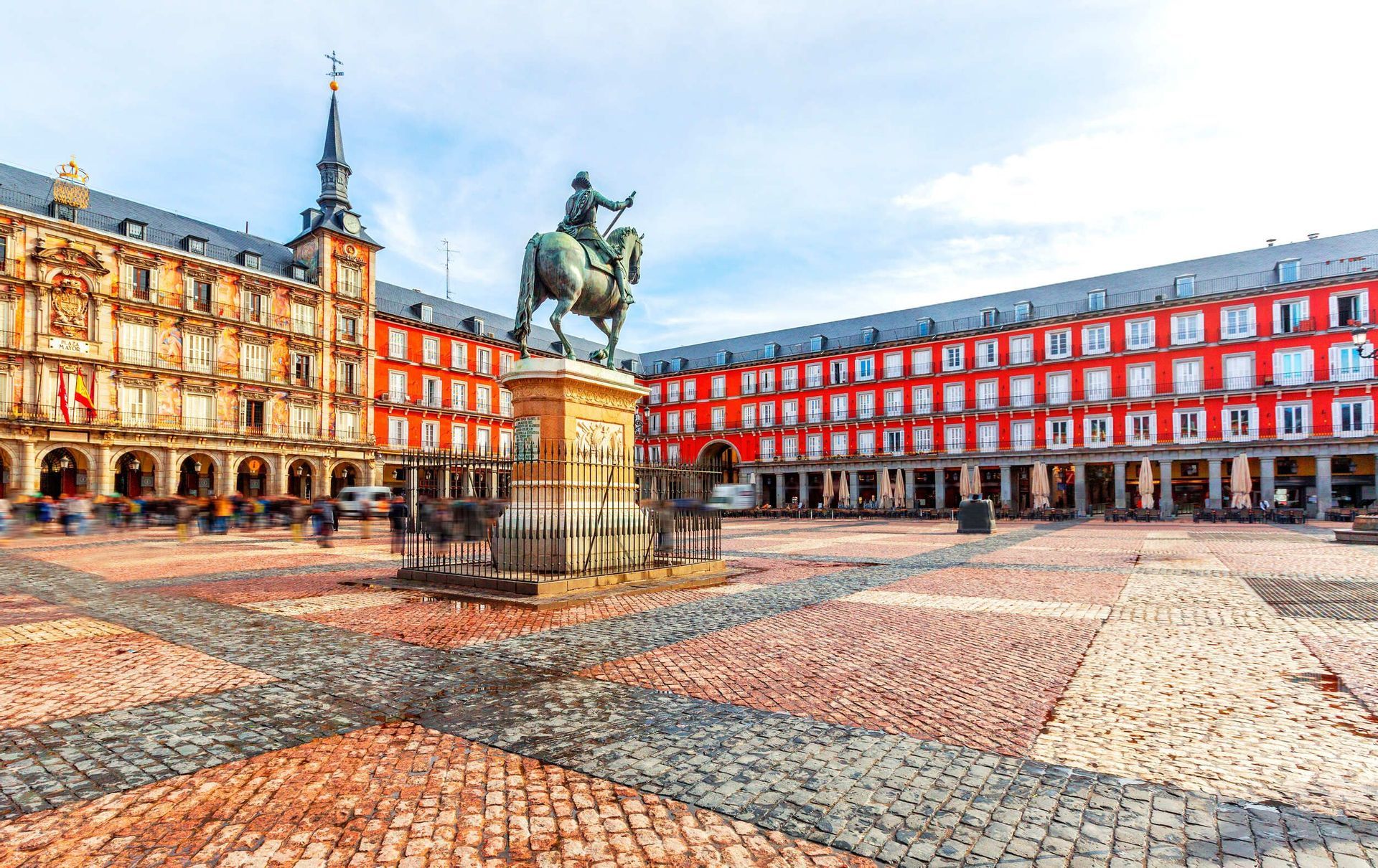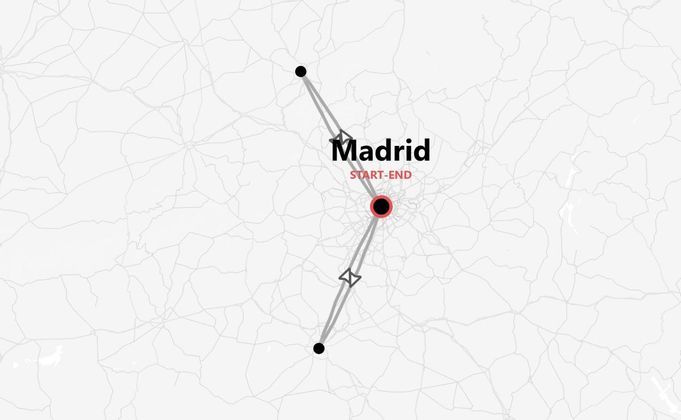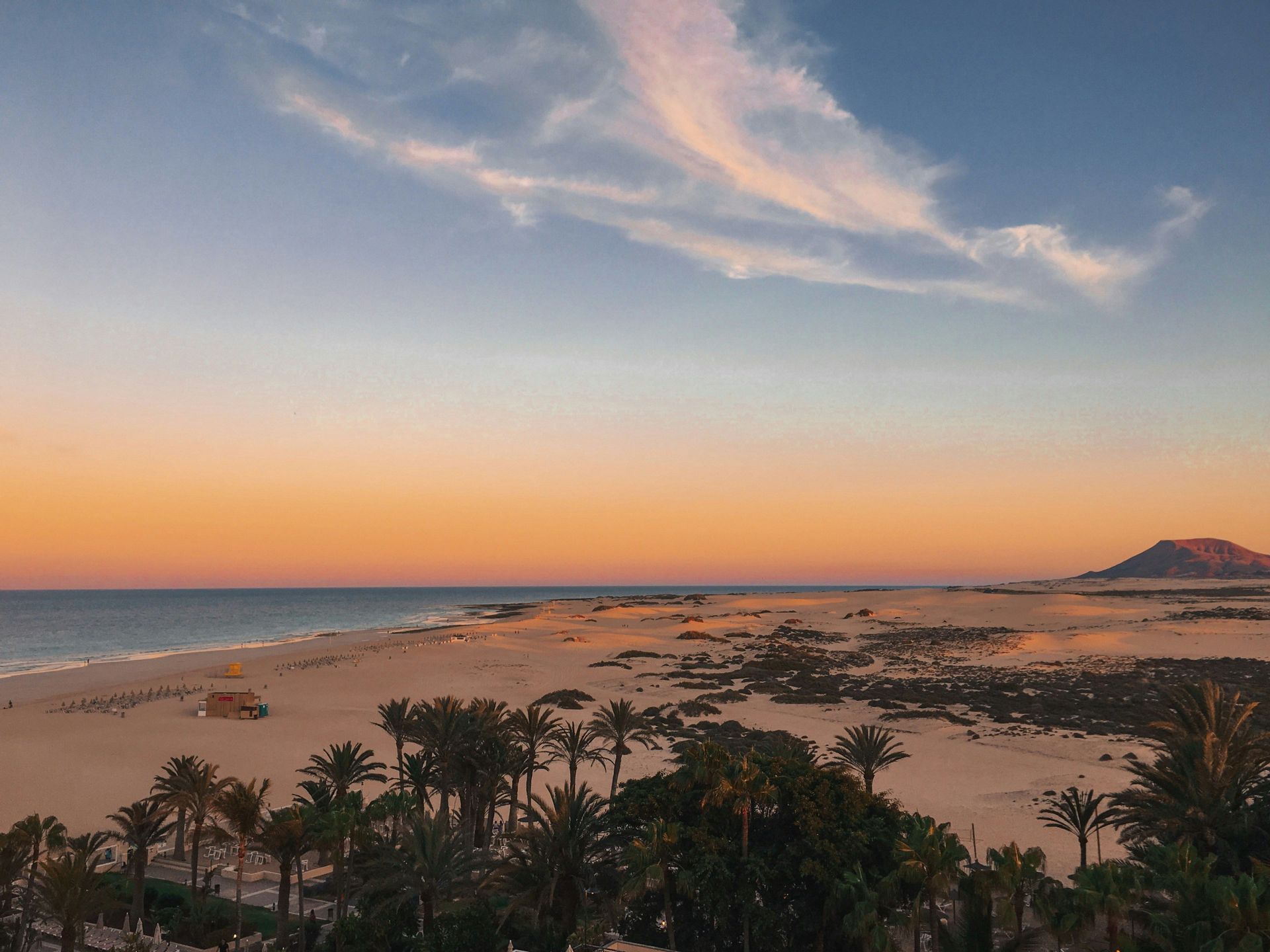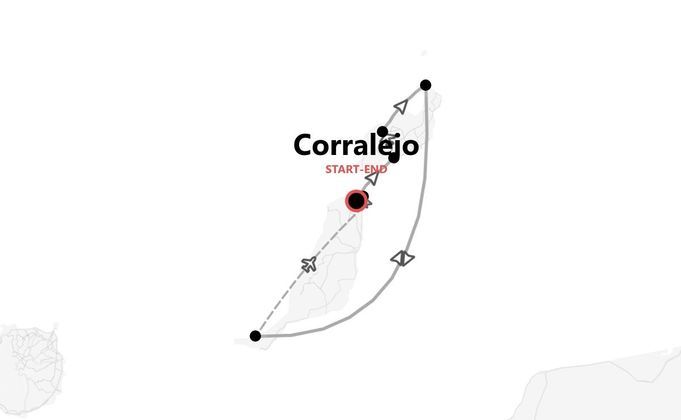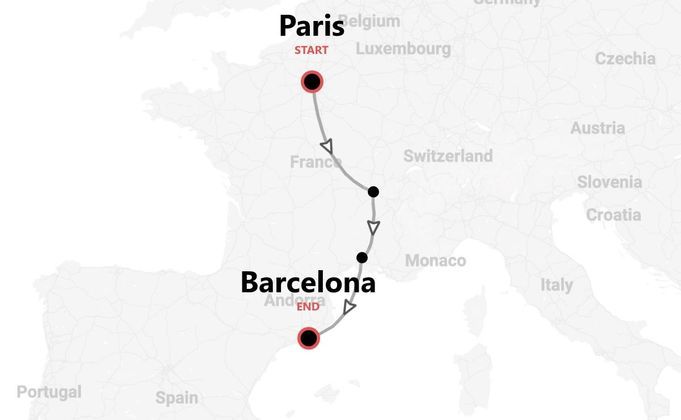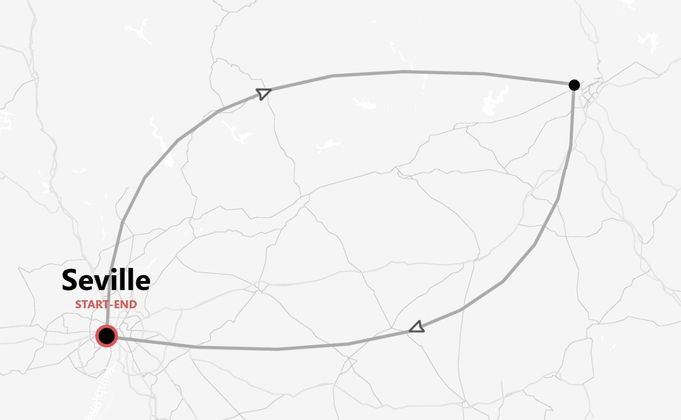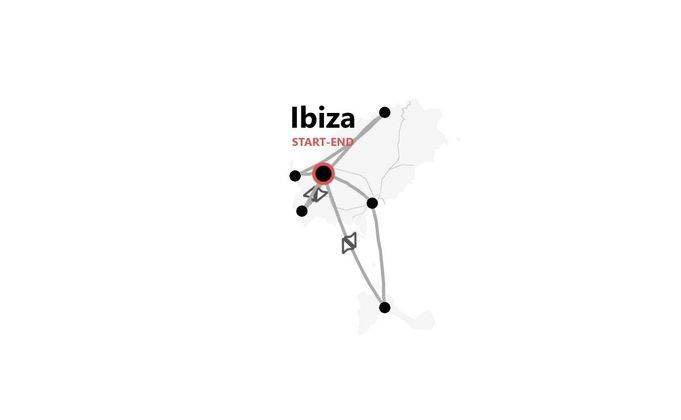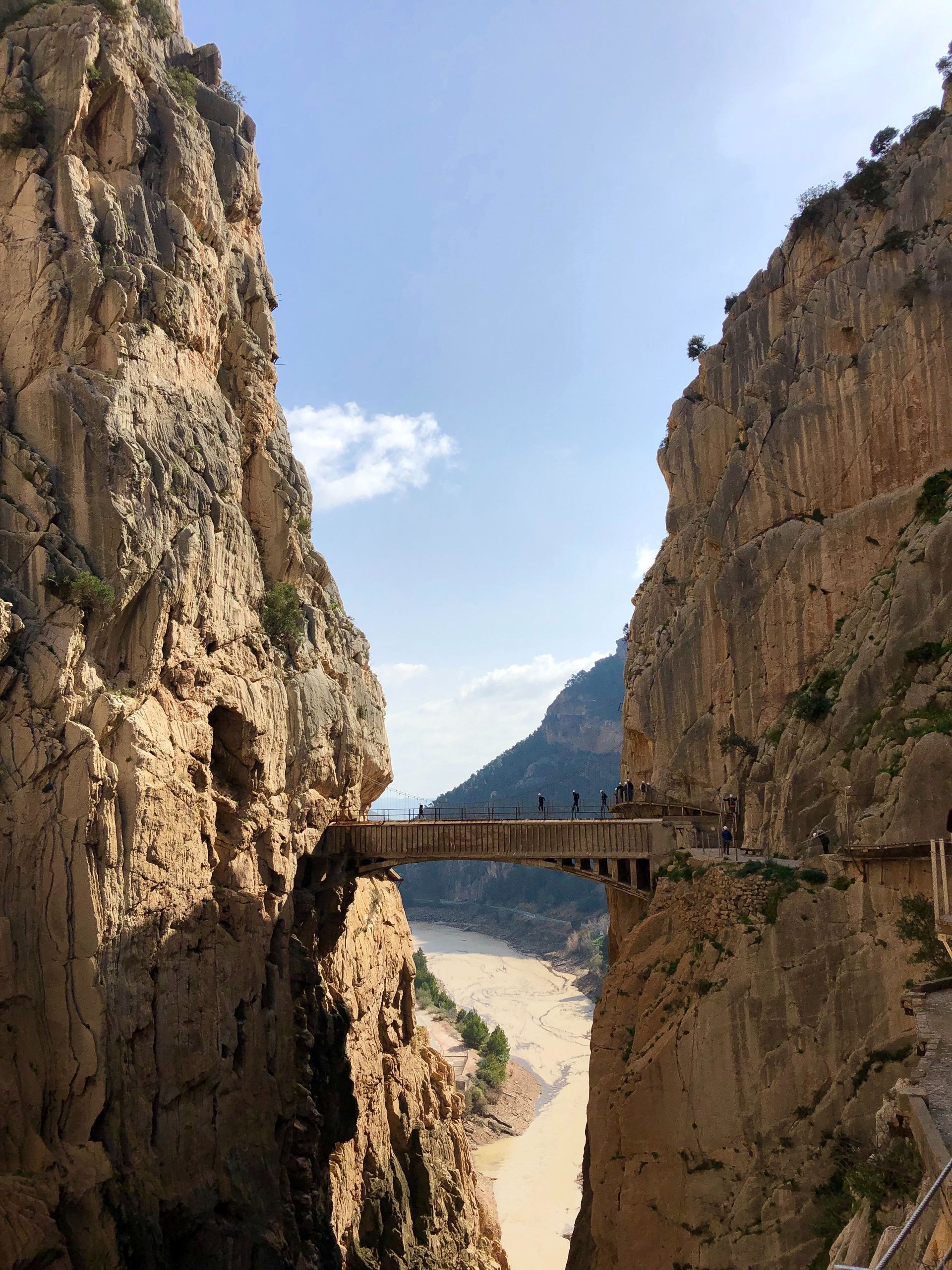
Group trips to Spain and the Basque Country
Our organized trips to Spain
Welcome to Spain, a country with a vibrant culture, stunning landscapes, and delicious cuisine. From the sun-drenched island of Fuerteventura to the charming Basque Country to the bustle of Madrid, this country has something for every traveler. In Spain, you'll find a mix of ancient and modern, with centuries-old castles and cathedrals alongside trendy cities and world-class restaurants. Whether you're interested in soaking up the sun on Fuerteventura's beautiful beaches, exploring the charming Basque Country, or touring the historic cities of Andalusia, there's an activity for everyone. And of course, no trip to Spain would be complete without indulging in the country's famous cuisine. From tapas and paella to sangria and gin tonics, you'll find no shortage of delicious food and drink to enjoy. Come discover the magic of Spain for yourself on a WeRoad trip!
8 days • 7 nights
FAQs about Spain
If you are a UK citizen, to find out the entry requirements for Spain, you can check this informational page from our partner Sherpa. If you need a visa, you can apply for it through Sherpa. If you are not a UK citizen, you can still use Sherpa by changing the nationality in the 'Passport' section.
Before traveling, always remember to check the government website of your country of origin for updates on the entry requirements for Spain – you wouldn’t want to stay home due to a bureaucratic detail!
- UK residents: review the FCDO Travel Advice.
- US residents: consult the US Department of State Travel Advice.
- Other residents: refer to your government or local consulate's travel advice.
Spain mainly operates on Central European Time (CET), which is UTC+1. During daylight saving time, from the last Sunday in March to the last Sunday in October, it switches to Central European Summer Time (CEST), which is UTC+2.
If it is 12pm in the UK, it will be 1pm in Spain during CET and 2pm during CEST.
Keep in mind that the Canary Islands follow Western European Time (WET), which is UTC+0, and Western European Summer Time (WEST), which is UTC+1 during daylight saving time.
Spain uses the Euro (EUR) as its currency. The daily exchange rate can vary, but as a rough guide:
- 1 GBP is about 1.15 EUR
- 1 USD is about 0.95 EUR
- 1 EUR is roughly 1 EUR
You can exchange currency at banks, exchange bureaus, and some hotels. It's also convenient to withdraw Euros directly from ATMs using your debit or credit card.
In Spain you can pay using cash, credit cards, or debit cards. Most places accept major credit cards like Visa and Mastercard. It's a good idea to have some cash on hand for smaller businesses, markets, or in rural areas where card payments might not be accepted.
ATMs are widely available for withdrawing cash if needed. Keep in mind that American Express may not be accepted everywhere, so it's better to have an alternative card as a backup.
Tipping in Spain is not mandatory, but it is appreciated for good service.
- In restaurants, it is common to leave a small tip of around 5 to 10 percent of the bill.
- In cafes and bars, you can leave some small change.
- For taxis, rounding up to the nearest euro is a nice gesture.
- Hotel staff, like bellhops and housekeepers, also appreciate a small tip for their services.
Remember, tipping is not expected but always welcomed.
In Spain, the internet is generally reliable and Wi-Fi is widely available in most urban areas, hotels, cafes, and restaurants. If you're traveling from Europe or the Schengen area, you can use roaming services, which means you won't need to buy a local SIM card for data use. However, if you're coming from outside Europe and want to ensure a stable connection, consider buying a local SIM or an e-SIM data plan. Popular providers include:
- Movistar
- Vodafone
- Orange
Wi-Fi is usually free in public places, but speeds can vary, so having mobile data as a backup is a good idea.
In Spain, the primary language spoken is Spanish, also known as Castilian. However, you might also encounter regional languages like Catalan, Galician, and Basque. Here are some useful Spanish expressions you might hear or use:
- Hello - Hola
- Thank you - Gracias
- Please - Por favor
- Excuse me - Perdón
- How much is it? - ¿Cuánto cuesta?
Being familiar with these can make your interactions smoother and more enjoyable.
In Spain, you'll find Type C and Type F plugs. The voltage is 230V and the frequency is 50Hz. If you're coming from a country that uses different plug types, like the UK or the USA, it's a good idea to bring a universal adapter to ensure your devices can be charged without any issues.
The main religion in Spain is Roman Catholicism. Catholic traditions play a significant role in Spanish culture, and many public holidays are religious, such as Easter and Christmas. Major celebrations like Semana Santa (Holy Week) feature processions and events throughout the country. While the majority identify as Catholic, Spain is quite secular, and other religions are practiced as well. Dress is generally casual, but if visiting religious sites, it's respectful to cover shoulders and knees.
Spain offers a diverse climate, so packing wisely will ensure you're prepared for any adventure.
Here's what you should include in your backpack for Spain:
-
Clothing
Lightweight shirts and shorts for hot days
Long pants and a light jacket for cooler evenings
Swimwear for the beaches
A scarf or shawl for visiting religious sites -
Shoes
Comfortable walking shoes for city exploration
Sandals or flip-flops for the beach
Dress shoes if you plan on dining out -
Accessories and Technology
Sunglasses and a hat to protect from the sun
A reusable water bottle
A power bank and smartphone
A universal adapter for charging electronics -
Toiletries and Medication
- Sunscreen and lip balm
- Basic toiletries like toothbrush, toothpaste, and deodorant
- Common travel medication like ibuprofen, antihistamines, and motion sickness tablets
Spain's weather can vary greatly depending on the region, so here's a quick breakdown:
- Northern Spain: Expect cooler, wetter weather, especially in regions like Galicia and the Basque Country. Summers are mild, with temperatures around 20-25°C.
- Central Spain: In cities like Madrid, summers are hot and dry, often reaching 30-40°C. Winters can be chilly with temperatures around 5-10°C.
- Southern Spain: Areas like Andalusia enjoy hot summers, with temperatures often above 30°C. Winters are mild, around 10-15°C.
- Coastal Areas: The Mediterranean coast, including Barcelona, has warm, dry summers and mild, wet winters.
For the best weather, consider visiting in spring (April to June) or fall (September to October).
